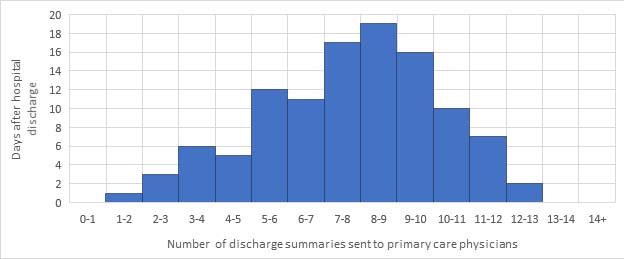
A noteworthy article titled “How to convey medical statistics” was recently released in the Journal of the American Medical Association (JAMA). This article is crucial for strengthening the doctor-patient connection, educating journalists, and supporting personal decision-making. Angie Fagerlin, PhD, a co-author from the University of Utah medical school and Salt Lake City Veterans Affairs Medical Center, spoke in a JAMA podcast about how the paper seeks to aid patients in making better-informed choices.
Dr. Fagerlin pointed out a troubling pattern where patients facing serious conditions like breast or prostate cancer frequently focus on survival or minimizing side effects but often select treatments that do not match these priorities because of misunderstandings regarding medical statistics. The authors of the study stress that the effectiveness of numerical data is heavily reliant on patients’ capacity to understand and apply it correctly. Alarmingly, only 34% of 4,637 U.S. adults could carry out basic numerical tasks, with the lowest levels of numeracy often associated with limited literacy and inadequate high school education.
The article concludes that clinician presentations of data using numbers rather than ambiguous terms, employing consistent denominators, discussing absolute risks instead of relative ones, and giving context for unfamiliar data types can enhance patient understanding. For instance, fact boxes like those previously endorsed by researchers Woloshin and Schwartz, along with mammography screening illustrations from the Harding Center for Risk Literacy, were cited for their effectiveness in conveying intricate information.
Journalists and healthcare providers are urged to adopt such tools to promote better comprehension, while patients should push for clearer communication of probabilities through numbers, language, and visuals. Enhanced numerical literacy in healthcare could significantly impact decision-making processes and results.